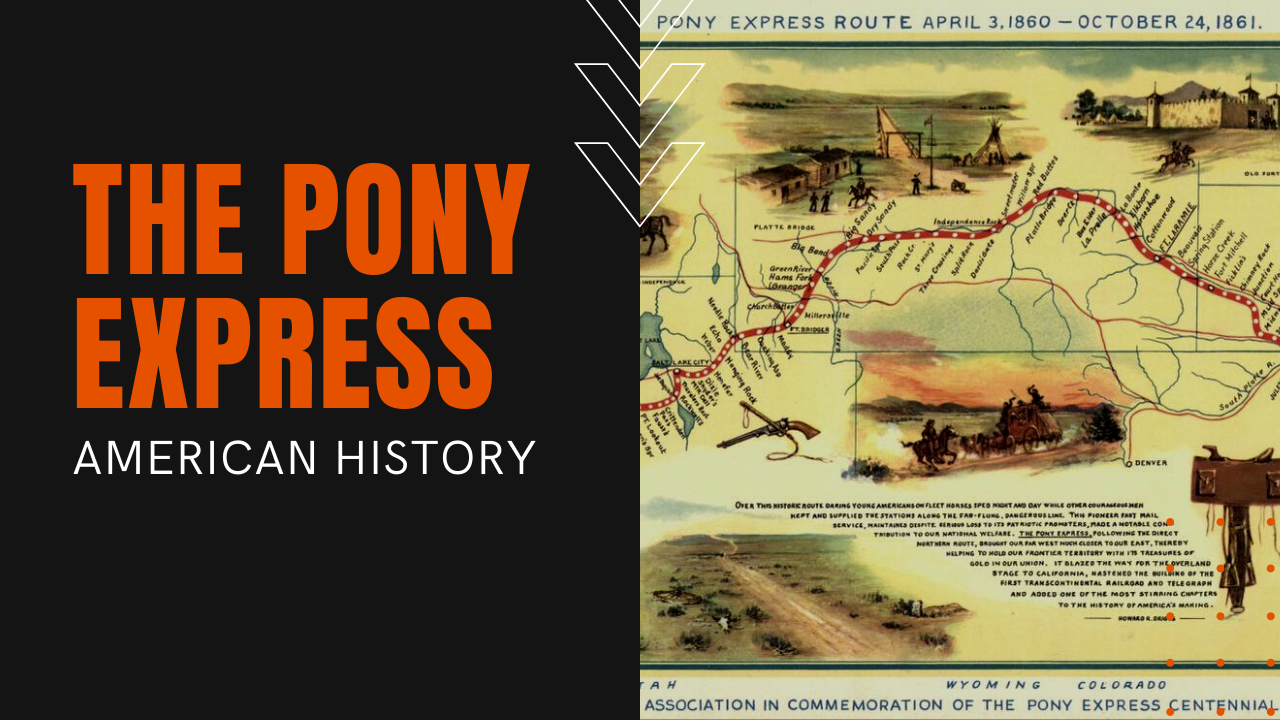The Pony Express: A Dangerous Postal Service Route

By the 1850s, thousands of American pioneers had settled west of the Rocky Mountains, making communication between family and friends back east a burdensome proposition at best.
Before the Pony Express was brought into service, sending a letter to the 49ers in San Francisco took up to eight weeks by ship, which meant a reply letter to the sender would not reach the eastern U.S. until four or more months had elapsed.
Pony Express Provides Postal Service
When the Pony Express started its groundbreaking service, the communication lag time, provided a person could afford such a luxury, would drop from eight weeks to ten days.
It all started on April 3rd, 1860, when two riders simultaneously embarked on a mirror-like mission—one from Sacramento heading east, the other from St. Joseph, Missouri, heading west—carrying mail across the dangerous terrain of the American West.
With riders weighing no more than 120 pounds, the first west-bound rider made it to Sacramento in 10 days, while the first east-bound rider made it to St. Joseph in eleven and a half.
Pony Express Route
Following the Oregon and California Trails, the key to speedy delivery was a system of hundreds of weigh stations, where a total of 500 fresh horses and 80 riders could be continuously swapped out along the 1,800 mile route, one heading to Utah, while the other went to California.
Pony Express riders wore red shirts with blue pants, carrying a mail bag no greater than 20 pounds. Weigh stations were placed every 10-15 miles for Pony Express riders to mount a fresh horse, while the riders themselves were swapped out every 75 to a 100 miles, dependent upon terrain.
Sending mail by Pony Express was a rich man’s option only, since a half ounce letter cost $5.00 to mail, or roughly $150.00 in today’s money. Two months after the Pony Express began, telegraph lines connecting the east and west coasts began to stitch their way across the American landscape.
Heading west from Nebraska was the Pacific Telegraph Company, while the Overlands Telegraph Company built lines east from California, until the lines joined up on October 24th, 1861. On that same day, the first trans-continental telegraph service issued its first dits and dots, spelling an end two days later to a brief, yet much romanticized period of rough riding mailmen.
